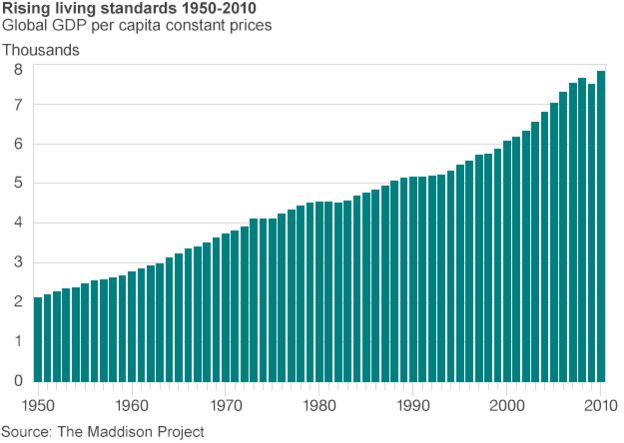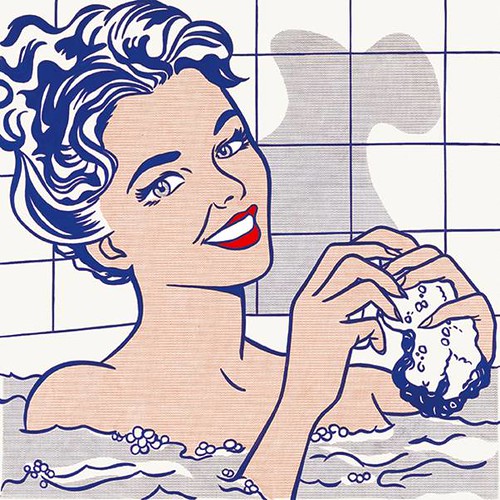The noble savage
Alexander Supertramp from Into the Wild
2) The concept of the "noble savage" was created in the 17th century and latter, developed during the 18th century. This idea is based on the belief that without civilization, humans are essentially good thanks to their kind nature. All the violence and the hatred that persist between men would be the consequences of this civilization that poisons our nature. Indeed, men have a great potential of goodness when this latter is not corrupted by society, for instance, those who have never been in contact with any kind of civilization tend to be more peaceful than us, like the native americans that lived in pre-civilized conditions with a certain innocence before being colonized.
One of the most influential figure and writer of this concept was Shaftesbury who claimed that the moral sense of humans is natural and innate, basically based on feelings, opposing to the thought of the end of the 17th century saying that religion was the cause people's goodness.
I personally agree with Shaftesbury idea because even if we try, it seems insane to change the nature of men through any education.
3) a. First at all, as Kristin teaches us, Chris has always been an adventurer, he always wanted to discover the world. He quickly understood the harmful effects that civilization had on him and on men in general, which leads him little by little to reject society. There a lot of moments in the movie that illustrate this idea, firstly at the beginning when he refuses the car his parents offer him, as a reward for graduation, pretending not to need. Then we realize that he thinks society is related to money, that makes us become greedy and dependent to this latter, it is also well illustrated when just after having abandoned his car, he burns all the money he has left. Latter, there is an other very interesting passage when he walks around Los Angeles and sees people living in poverty right next to well dressed people having drinks in bars, he sees himself through them and realizes that he would be in their place if he had not decided to break free from this world.
In its own way, Chris embodies the myth of the noble savage by his rejection of society, nevertheless, he can't be considered as a true noble savage simply because he grew up in civilization and was indirectly influenced by it against his will.
b. By deciding to go to Alaska, Chris hoped to reach the goal of ultimate freedom that he has always longing for. He wanted to break with the past including his family, live on his own without being dependent of society, he wished to purge himself of the poison transmitted by civilization and finally find himself through the purity of the wild.
c. Chris was definitely not mentally prepared to live in the wild, particularly in Alaska. Firstly, he doesn't follow his own convictions, for example one the one hand at the beginning, he repeats many times that he wants to live without any materiel possessions and on the other hand he finds a bus filled with plenty of tools and utensils and decides to stay. Otherwise, during the scene where he decides not to kill a mother moose because of the presence of her baby, it can be considered as a great proof of goodness on his part but it also shows that he's weak against the law of nature because at one time or another, he would need to kill to feed himself. Moreover, we see that he's not fully prepared to live in the wild when he failed to keep a moose's meat safe and edible but mostly at the end of the film when he poisons himself. He obviously underestimated the danger of the wild.
d. As i said before, Chris doesn't match with the definition of the noble savage, perhaps his lofty ideas can be the approach of the concept, but not his origins. In contrast, he fits well as a romantic by his way of seeing beauty everywhere in nature. Its also a severe weakness because he's incapable to feel the danger of the wild because he's blinded by the image of beauty he built and he sees in the nature.
e. Logically, after living and being accustomed to the comfort provided by society, it seems quite difficult to survive and integrate into nature as seen with chris. However, I think it is not totally impossible:
- First, you absolutely don't go alone and find a group of people who are fed up with society just like you because the loneliness is probably the biggest weakness of humans who are basically made to live together.
- Then you should consider how long you plan to stay and be very careful of the seasons to not get stuck like Chris has been with the thaw.
- And finally, you must prepare yourself much better than Chris and don't hesitate to take a maximum of stuffs and share with others.
To conclude, I return to the first point by saying that if you really want to enjoy your adventure; don't be alone. That was the biggest Chris's mistake and he realized that at the end: "Happiness is only real when shared"










